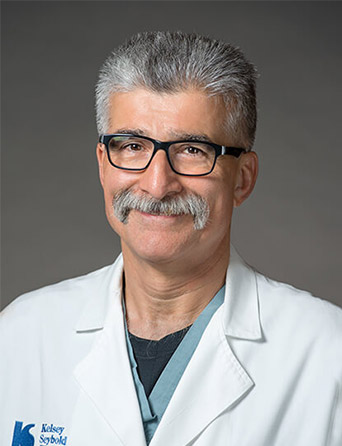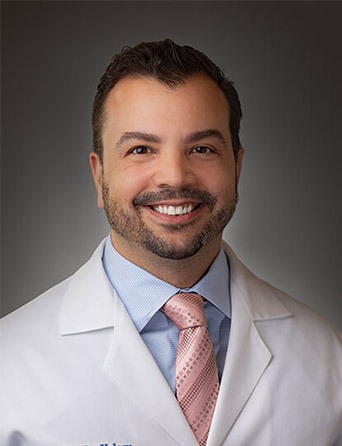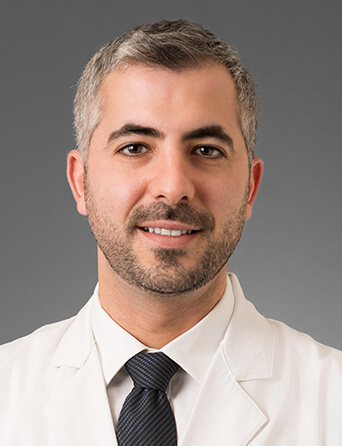Join Our eNewsletter!
Subscribe to our monthly newsletter to receive encouraging advice to help you lead a healthy lifestyle.

New Treatments for Dangerous Abdominal Aortic Aneurysm
Male. Smoker. Over the age of 65. If these three characteristics apply to you, you may want to consider getting screened for an abdominal aortic aneurysm.
Approximately 1 to 4 percent of patients ages 54 to 74 will have an abdominal aortic aneurysm, and it’s roughly four to five times more common in men than in women.
The aorta is the largest blood vessel in the human body. It is attached directly to the heart and courses through the chest and abdomen delivering all of the heart’s pumped blood to our organs and tissues. When the abdominal portion of the aorta balloons to more than 50 percent of its original size, this is called abdominal aortic aneurysm (also known as “triple-A” or AAA).
Slow Growing But Dangerous
Even though most abdominal aortic aneurysms grow slowly over time, they can be dangerous. As the aorta grows larger, the walls of the vessel weaken. In some cases, large aneurysms can leak blood into the abdomen, and in severe cases, the aneurysm can rupture. This makes it important to diagnose this condition in its early stages so that steps can be taken to keep patients safe.
The most important risk factor for developing an aortic aneurysm is a history of smoking tobacco. Other risk factors that may contribute to developing the condition include:
- High blood pressure
- Other forms of atheroscerlotic disease (previous heart or leg blockage)
- Family history of aortic aneurysms
The New Minimally-Invasive EVAR Treatment
Many new techniques have been developed to treat patients with fast growing or larger sized aneurysms without having to resort to surgery. At Kelsey-Seybold Clinic, our interventional cardiologists perform a procedure known as an Endovascular Aneurysm Repair or EVAR. This is a minimally-invasive treatment for abdominal aortic aneurysms that does not require open abdominal surgery.
While the patient is mildly sedated, the doctor gains access to both of the patient’s femoral arteries (near the hip) and guides a slender tube up through the aorta that contains a mesh cylinder called a “stent graft.” The stent graft is placed through the middle of the aneurysm and then expanded so that blood flows through the new stent graft instead of through the aneurysm.
The graft is affixed into the aortic wall with several balloon inflations, ensuring there is no leakage of blood around it. This is called “exclusion repair” because the aneurysm becomes “excluded” from the normal flow of blood through the aorta. Gradually, over time, we expect the aneurysm to shrink down in size, which we monitor with periodic CT scans.
Commonly, our EVAR patients only stay one night in the hospital and have faster recovery times than those who undergo traditional surgery.
Screening Ultrasound for Detection
Current abdominal aortic aneurysm screening is recommended for men over the age of 65 who have a history of smoking tobacco. Since the prevalence of this disease is so low in women, a screening exam is only recommended for women with a family history of aortic aneurysms.
An ultrasound is used to detect the aneurysm. If you are at risk of developing triple-A, take advantage of this painless screening as soon as you can. We want to catch it early and, if needed, utilize one of our new, minimally invasive procedures like EVAR to keep you active and well for a long time.








